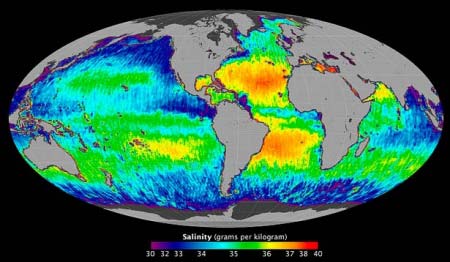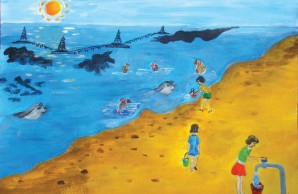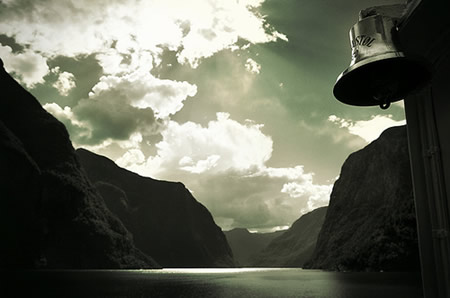The question of how human activity affects hurricanes has been much on peoples’ minds lately, for obvious reasons. But the influence of heat-trapping greenhouse gases are far broader than that, and scientists are wrestling on many different fronts with exactly the same issue: can we detect the fingerprint of human activity on any number of climate indicators?
Increasingly, the answer is yes. The latest example, published in Geophysical Research Letters, looks at the planet’s hydrological cycle, the evaporation, precipitation and river flow that constantly redistribute water from ocean to sky to ocean. Theory says that global warming should pull more water from the oceans, that rainstorms should become intense in some areas as a result, and that these local deluges should leave other areas drier than they were before. Observations show that this is indeed happening. Read more






